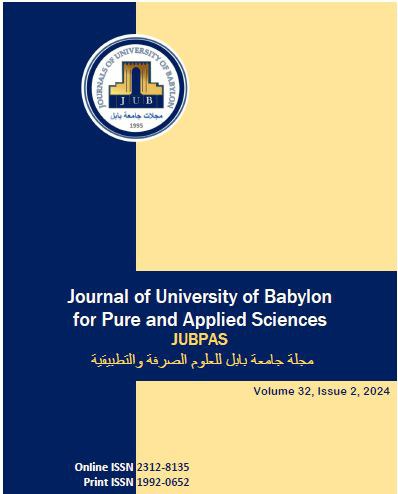The Role of Interleukin 17 Cytokine in Asthma and Its Relation with Severity of Attack
Main Article Content
Abstract
Background: Several reviews have shown a pro-inflammatory role of Interleukin-17 (IL-17) level and have an association to numerous inflammatory illnesses, like rheumatoid arthritis, allograft rejection, systemic lupus erythematosus, and asthma. The T helper-17 (Th-17) cellular fraction of CD4+ T-cells that have been involved as the principal pathogenic cells in a variety of illnesses that has an autoimmune base, produce the cytokine interleukin-17A (IL-17A).
Asthma is a chronic inflammatory disease associated with recurrent airways obstruction that is relieved either spontaneously or with medications. Both innate and adaptive immunogenic cells in asthma collaborate with respiratory epithelium to generate "bronchial hyper-reactivity (BHR)". To determine the role of IL-17 in asthmatic patients and the relationship between IL-17 and asthma severity.
Results: IL-17 revealed a significant (p-0.001) rise in the values of IL-17 among asthmatic cases (mean = 176.6) compared to healthy controls (mean=22.55). The difference in IL-17 levels between severe and mild asthma was also significant, with a p-value of 0.005.
Conclusion: This study suggests that there was a significant difference in the concentrations of IL-17 between asthmatics and healthy control (p-0.001). In severe asthma, IL-17 levels are significantly (p-0.005) higher than in mild/moderate asthma.
Article Details
Section

This work is licensed under a Creative Commons Attribution 4.0 International License.
